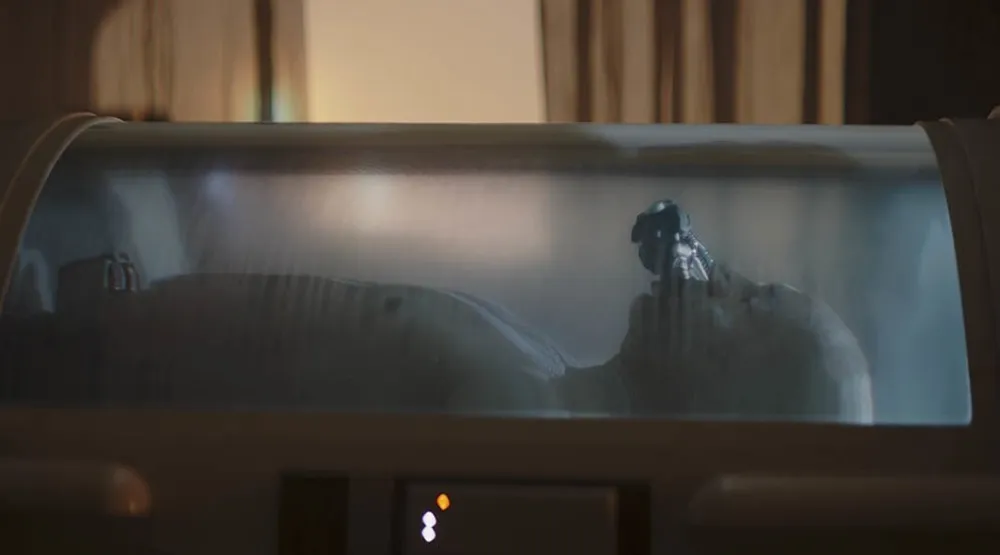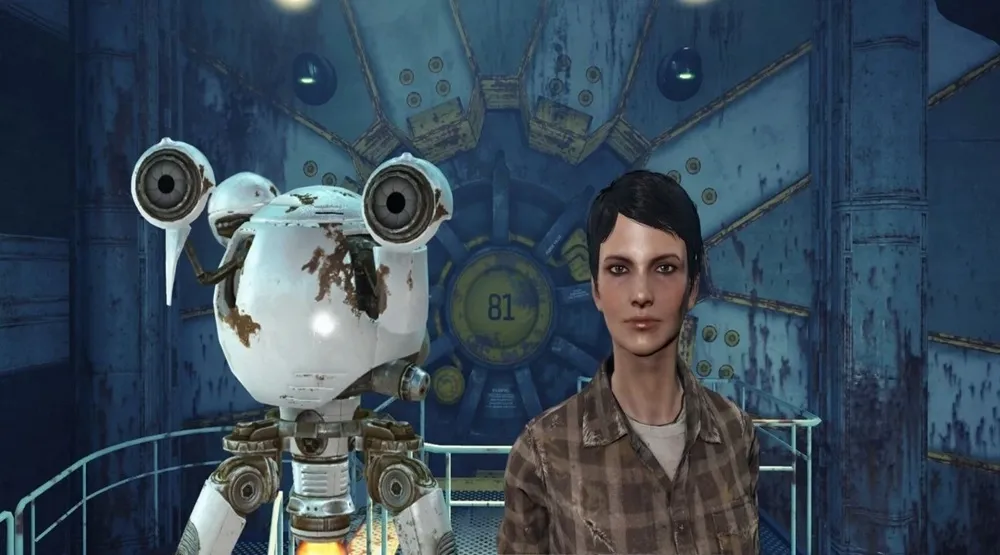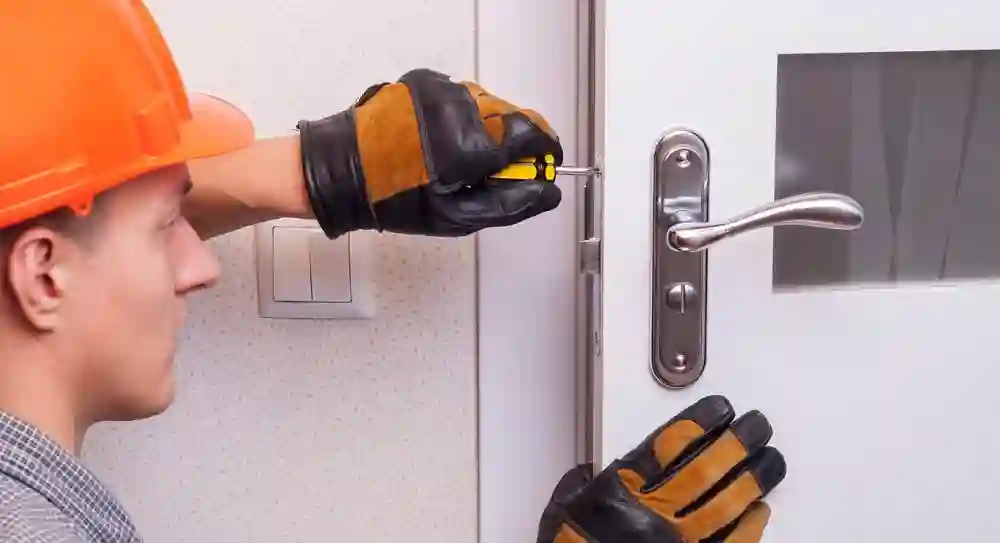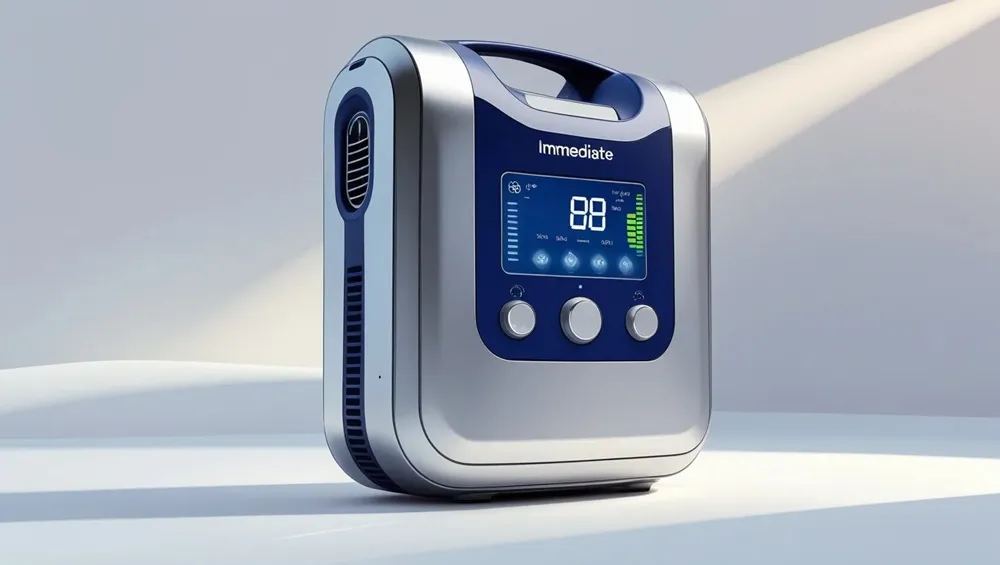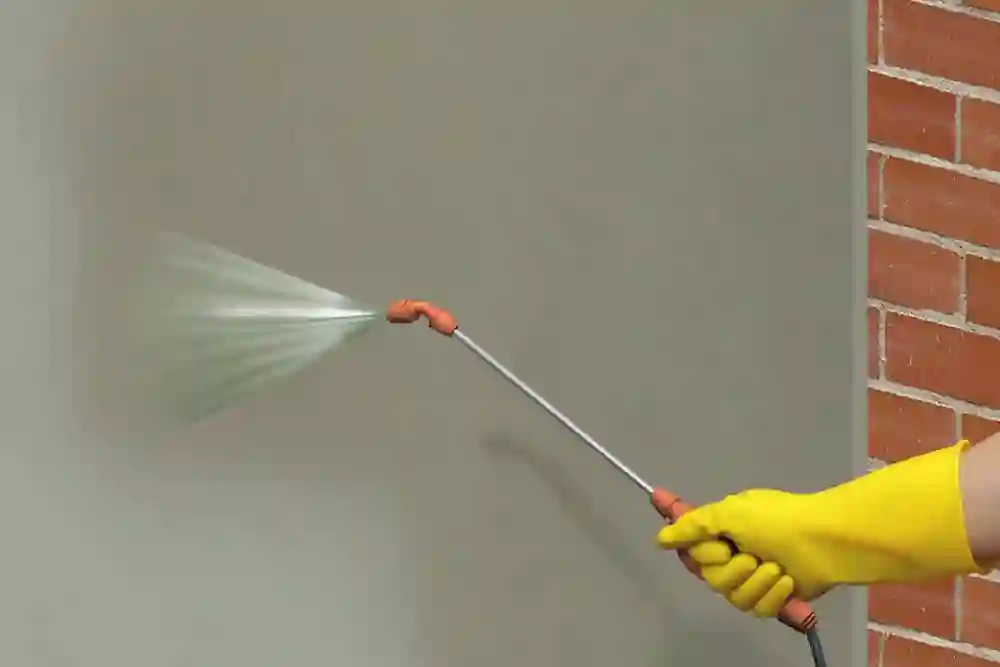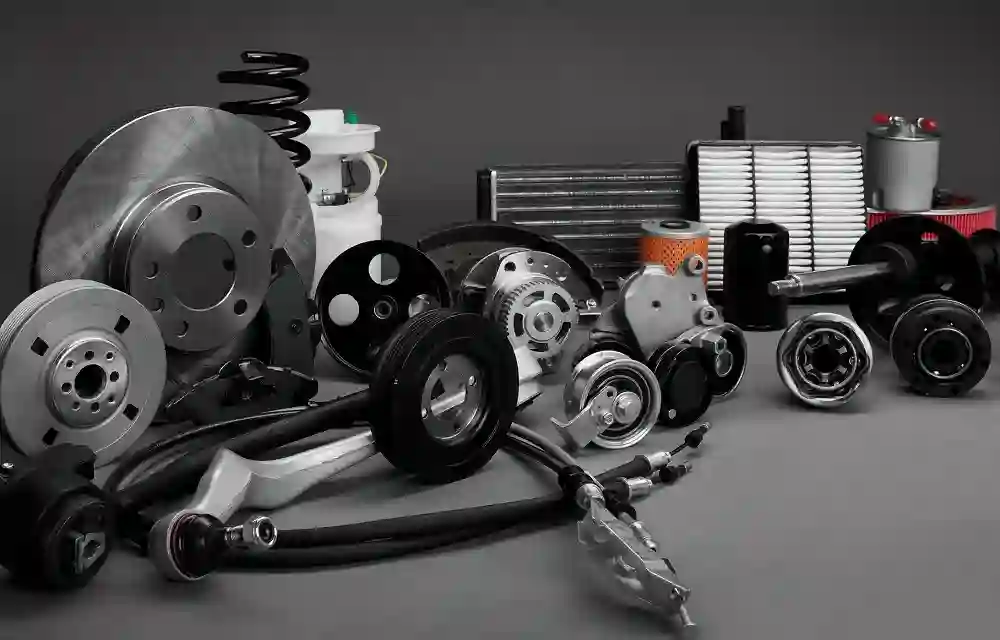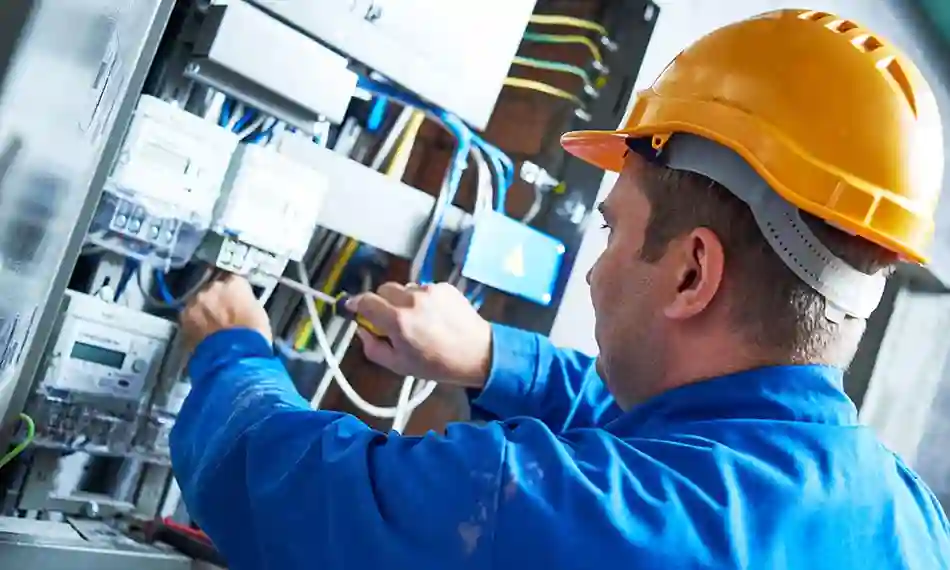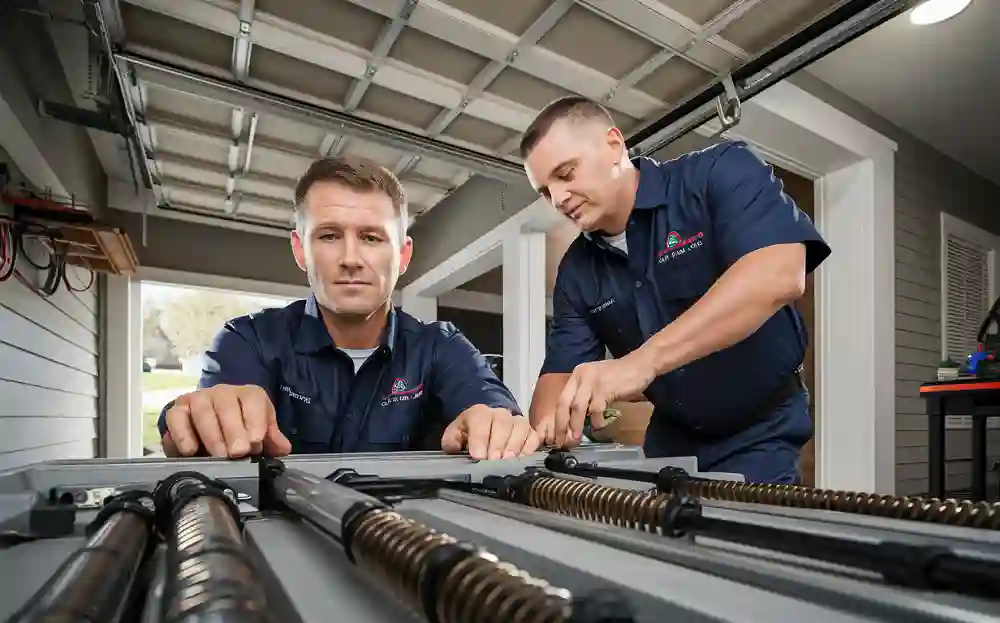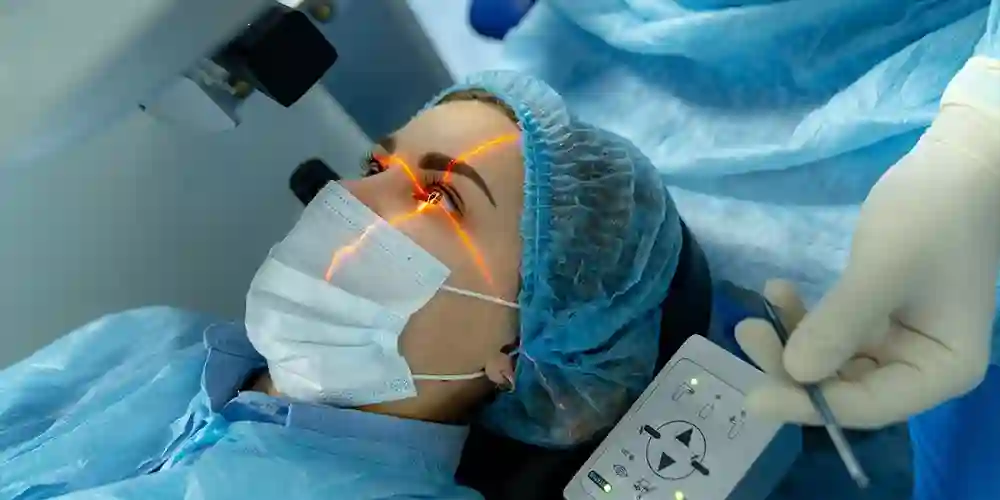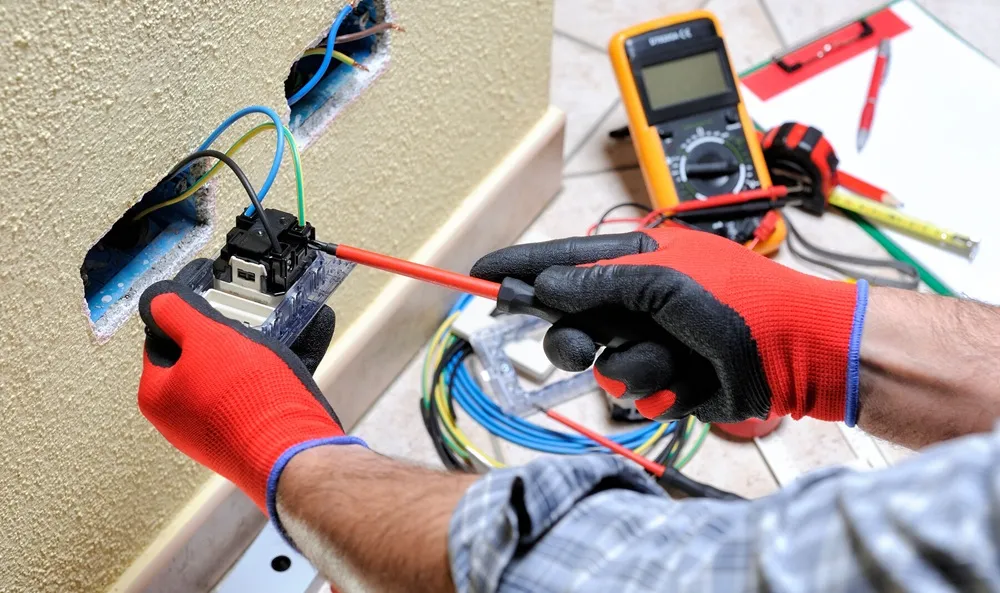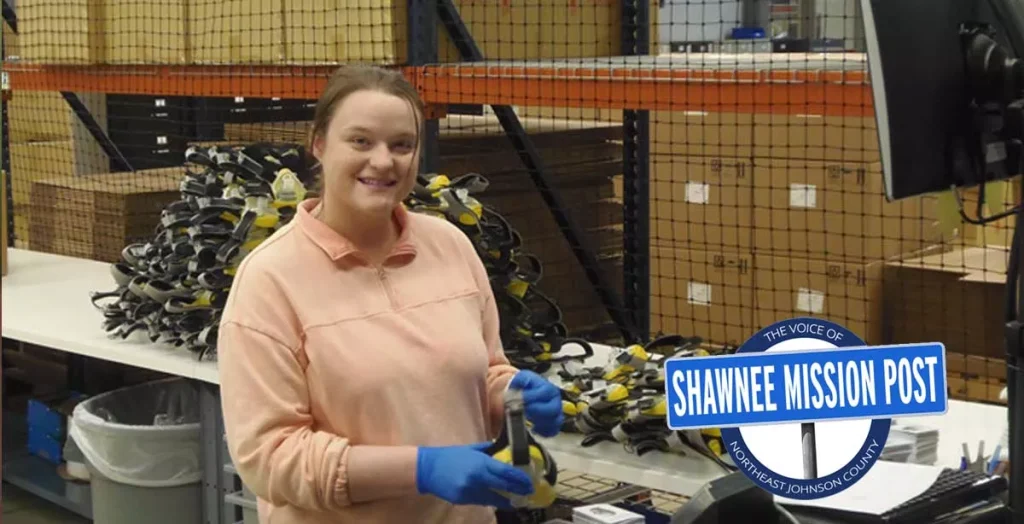Bacta Tank: The Healing Technology That Could Save Your Favorite Star Wars Heroes
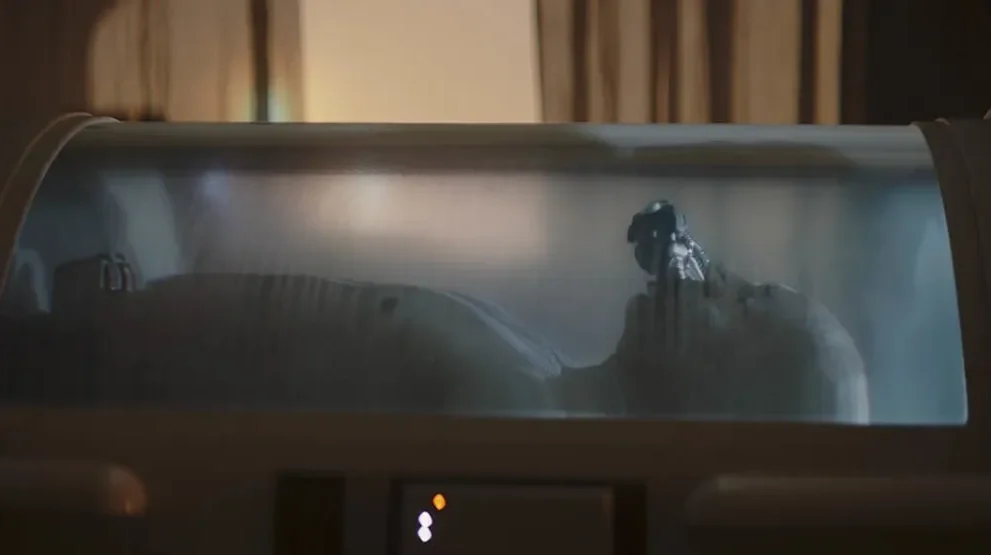
So, let’s talk about the Bacta Tank. For anyone who’s spent a little too much time in a galaxy far, far away (guilty as charged), the idea of this magical, tank-like machine that heals characters at an insane speed is nothing new. We’ve seen it in The Empire Strikes Back, when Luke Skywalker is dropped into the tank after an encounter with a Wampa. That moment—Luke submerged, looking all serene and not at all uncomfortable in what can only be described as an oversized medical fish tank—has become one of the defining visual elements of Star Wars.
But here’s the kicker: this isn’t just some far-off sci-fi nonsense. The Bacta Tank could actually be based on real-world technology—and in fact, might one day save lives in our own galaxy. Picture it: medical technology so advanced that we could potentially cure massive wounds and speed up healing in days, if not hours. Yeah, that’s a little mind-blowing, right? So, let’s dig into how this tech could not only save your favorite Star Wars heroes, but maybe even change healthcare as we know it.
The Origins of the Bacta Tank in Star Wars
Let’s rewind. Bacta made its debut in The Empire Strikes Back (1980). Luke Skywalker, having had a very bad day on Hoth (I mean, who didn’t when they’re attacked by a Wampa), ends up in the Bacta Tank after his run-in with the giant ice monster. In the movie, this tank looks like the medical equivalent of a kiddie pool filled with jello and healing magic. But what the Bacta Tank actually represents isn’t just a plot device—it’s the epitome of Star Wars technology: something that sounds totally impossible, but kinda makes you wish it existed in real life.
Here’s the thing: Bacta is the stuff that makes the tank work. It’s a healing fluid so powerful that it can treat a massive variety of injuries—burns, bruises, cuts, broken bones, you name it. The fluid itself was made famous by Luke’s recovery, but you also see it pop up all over the Star Wars universe. Han Solo? Bacta saved his ass after he was frozen in carbonite. Darth Vader? Yep, the dude who’s half-machine and half-man uses Bacta to keep his cybernetic body from falling apart.
Anyway, here’s a fun fact that I personally think is cool: Bacta was first fleshed out in the Star Wars Expanded Universe (before Disney bought it all up). Timothy Zahn’s novels in the late ‘70s started exploring the idea of Bacta as a medical miracle, and it stuck around, becoming one of the franchise’s go-to solutions for when the plot needs someone to recover super fast.
The Science Behind Bacta: How Could It Work?
Alright, hold on tight, because here comes the geeky part. You’re probably thinking: “Okay, but how does something like the Bacta Tank actually work?” In real life? It’s definitely not as flashy as a pod filled with glowing blue goo, but there are some surprisingly close parallels in modern medicine.
Let’s start with the healing fluid itself—Bacta. In the Star Wars universe, it’s some kind of bio-engineered liquid that stimulates tissue regeneration. It’s like the ultimate “cell reboot” for any damage the body has sustained. When you think about real-world medicine, this is somewhat like how stem cells work. These bad boys (stem cells) have the ability to turn into whatever tissue is needed for healing. Yeah, like turning a basic cell into skin, muscle, or cartilage. Magic, basically.
Now, you’re probably thinking: “But is there anything like that now?” Well, sort of. Researchers today are diving into regenerative medicine, a fancy term for creating or enhancing tissues to help the body heal more efficiently. That could one day lead to tech similar to Bacta—though with fewer glowing blue lights and more, you know, medical devices and less “force-fieldy” stuff.
Once, a friend of mine told me her mom had a “bionic knee” after surgery. It wasn’t the same as Luke’s little tank-time healing, but it was definitely close. Bacta is like that, but for the whole body—not just one knee.
Side note: My friend’s bionic knee? Yeah, it malfunctioned once and made a sound like a rusty hinge every time she tried to walk upstairs. Not exactly Darth Vader-level cyborg, but still a good start.
The Bacta Tank in Star Wars: A Lifesaver for Heroes
Alright, so, we’ve got this amazing healing fluid that regenerates everything from cuts to blaster burns, but what’s the real magic of the Bacta Tank? It’s not just that it heals, it’s the fact that it literally saves characters in the most dramatic of ways. For a Star Wars fan, this thing is iconic. Fast forward past three failed attempts at giving Luke a good night’s sleep, and you get a tank full of Bacta that does the impossible: heals fast enough for him to keep fighting the good fight.
Think about it. Luke, on Hoth, after his Wampa attack, could have just not made it. But bam—Bacta Tank to the rescue. Same thing happens with Han Solo. Who could forget that awesome moment when Bacta helps bring him back from being frozen in carbonite? Those are the kinds of dramatic, life-saving moments that make us all go, “Wait, is this actually possible?”
And it’s not just the heroes. Even the bad guys (looking at you, Darth Vader) rely on Bacta. There’s this iconic visual of Vader, all steely and mechanical, taking his daily dip in a Bacta Tank to keep himself from totally falling apart. No Bacta? We’re talking about a guy who could barely make it out of his own suit without help. What would the Star Wars saga look like without that constant Bacta-powered lifeline?
I mean, really. Without Bacta, I don’t think Luke would’ve made it out of Empire. Han probably would’ve stayed frozen forever. Darth Vader? Who even knows. The whole Star Wars timeline could’ve been a lot less exciting. Maybe the droids just would’ve taken over the galaxy, with a side of Skywalker nostalgia.
The Real-World Potential: Could Bacta Tanks Exist?
Here’s the million-dollar question: could we, in our not-so-distant future, actually develop a Bacta-like treatment? We’re still a little ways from walking into our local hospital and being dunked in a tank of super-powered goo, but with advances in medicine, it’s not totally out of reach.
Take this as an example: Hydrogel dressings. These are used in burn care, which is basically Bacta’s niche. Hydrogels work by providing a moist environment that keeps wounds from drying out, speeds up the regeneration of tissue, and reduces the risk of infection. It’s not Bacta, but the principle is close. Side note: My grandma used to tell me that aloe vera could do all of that—and it did help, but only after I listened to her for the 17th time.
Meanwhile, we’re also looking into gene therapy, which, in a roundabout way, could end up being Bacta’s distant cousin. Imagine a world where scientists can inject the body with specific genetic material to accelerate tissue growth or repair damage. Bacta Tank? Close, but a different flavor.
Look, I’m not saying that we’re about to see a big ol’ tank of Bacta in the ER anytime soon. But with research into regenerative medicine, it’s entirely possible that we’ll get close to it. One day, you could walk into a hospital, and instead of waiting for your broken leg to heal over six weeks, you’re getting the equivalent of an instant recovery.
The Future of Medical Healing: The Possibility of a Real Bacta Tank
Once all of these advancements in medical technology come together, the future of healing might look something like Star Wars—but maybe without the glowing blue tanks and more, uh, normal sci-fi-level advances. Who knows? Maybe we’re all just a few years away from living in a world where Bacta-like tech exists, and all of our favorite heroes are brought back to life, just like they are in the movies.
Anyway, there’s no doubt that the Bacta Tank has captured the imagination of Star Wars fans for decades. And who knows? Maybe one day, it’ll be more than just a cool piece of Star Wars lore. Maybe it’ll be something that saves lives. I’m not a doctor, but if I’m being honest, I wouldn’t mind one of those tanks for my next cold.
Conclusion
Here’s the bottom line: whether you’re a Star Wars fanatic or just a regular person interested in groundbreaking technology, the Bacta Tank has more potential than it might first appear. It’s not just a symbol of Star Wars’ ability to mix fantasy and technology—it’s a glimpse at what could be the future of medical treatment. Could this technology save your favorite Star Wars characters? For sure. Could it help save lives in the real world? Honestly, it’s more likely than you might think.








